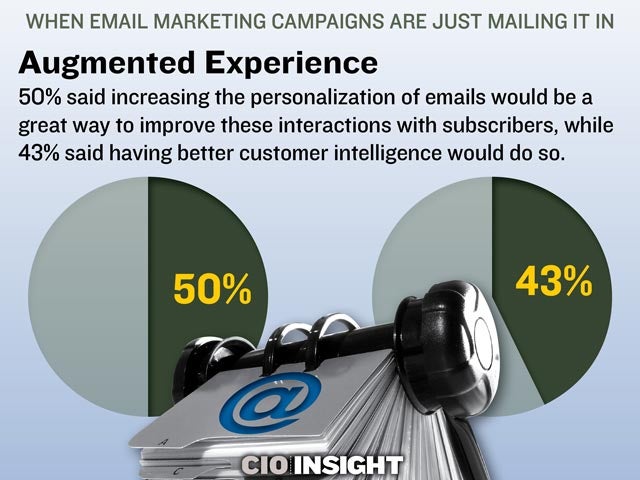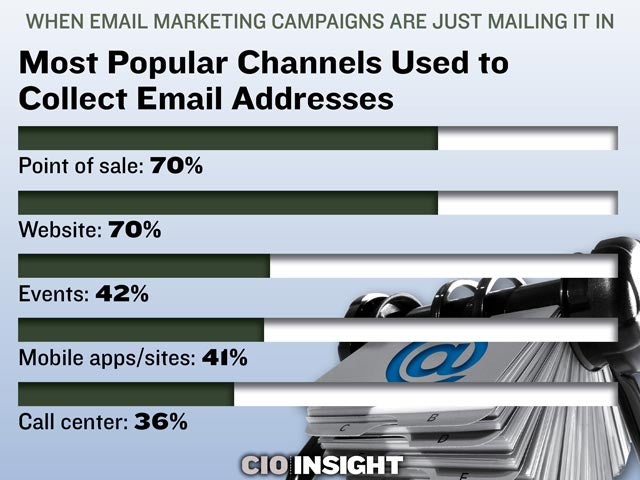
When Email Marketing Campaigns Are Just Mailing It In
 When Email Marketing Campaigns Are Just Mailing It In
When Email Marketing Campaigns Are Just Mailing It In
Most businesses lack a consistent way of maintaining their email database or incorporating personalization techniques into their email campaigns.
 Exchange Errors
Exchange Errors
33% of survey respondents do not know how flawed their customer-focused emails are. On average, they believe 20% of their email database is invalid or inaccurate.
 Red Flags
Red Flags
37% said spam “trap hits” are a sign of customer-focused email deliverability issues, while 29% cite having difficulties reaching the inbox.
 Biggest Consequences of Poor Email Deliverability
Biggest Consequences of Poor Email Deliverability
Inability to communicate with the subscriber: 41%, Poor customer service: 24%, Regulatory hurdles: 22%, Unnecessary costs: 22%, Lost revenue: 15%
 Email Oversight, Part I
Email Oversight, Part I
55% of survey respondents said their company validates new email addresses to manage email databases, and 45% engage in reactivation campaigns for inactive subscribers to do so.
 Email Oversight, Part II
Email Oversight, Part II
41% remove “hard bounces” from email databases to manage them, and 39% suppress inactive email subscribers to do so.
 Sanitization Plan
Sanitization Plan
21% conduct daily batch processing to pursue data cleansing, and 20% do so in real-time at the point of capture.
 Personal Issue
Personal Issue
52% are concerned about customer privacy control with respect to customer email management.
 Augmented Experience
Augmented Experience
50% said increasing the personalization of emails would be a great way to improve these interactions with subscribers, while 43% said having better customer intelligence would do so.
 Success Factors
Success Factors
46% said they measure an email campaign’s success by tracking the number of leads/opportunities created from the effort, while 45% monitor revenue generated from the campaign.
 Most Popular Channels Used to Collect Email Addresses
Most Popular Channels Used to Collect Email Addresses
Point of sale: 70%, Website: 70%, Events: 42%, Mobile apps/sites: 41%, Call center: 36%